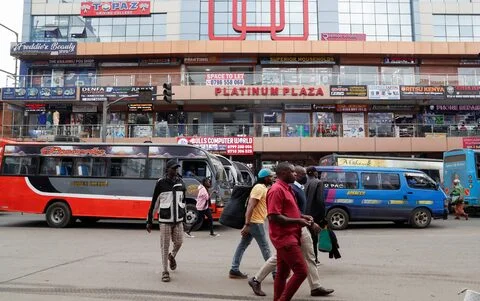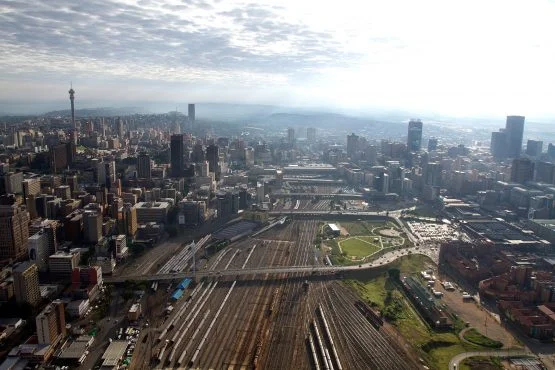Kenya’s private sector showed signs of rebound in September 2025, with the Stanbic Bank Kenya Purchasing Managers’ Index (PMI) climbing to 51.9 from 49.4 in August.
This marks the first expansion since April, indicating improved business activity.
Growth Drivers
The PMI, where readings above 50.0 signal growth, reflects a shift after Q2 disruptions from protests.
Christopher Legilisho, Stanbic Bank Economist, said, “Business conditions expanded in September, starting a recovery from earlier setbacks.”
Sector Performance
While most sectors improved, construction saw a sharp output drop. This weakness offsets gains elsewhere, highlighting uneven recovery in Kenya’s economy.
Economic Expansion
Kenya’s GDP grew 5.0% year-on-year in Q2 2025, up from 4.6% in Q2 2024, according to statistics office data. This robust growth supports the PMI’s positive turn.
Inflation Stability
Inflation held steady around 3% for two years, reaching 3.4% in August from 3.3% in July. This stability aids business confidence and consumer spending.
Challenges Ahead
Despite the PMI rise, construction’s decline and protest aftermath pose risks. Businesses report cautious purchasing and inventory cuts, signaling ongoing caution.
Why It Matters
The PMI expansion offers hope for Kenya’s economy, but addressing sector gaps is key to sustained growth in 2025.
What’s Next
In October 2025, Stanbic Bank will monitor PMI trends, with focus on construction recovery and overall economic momentum.























